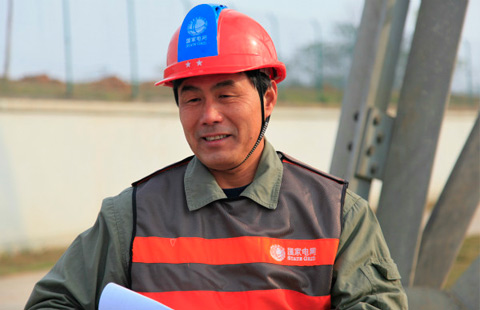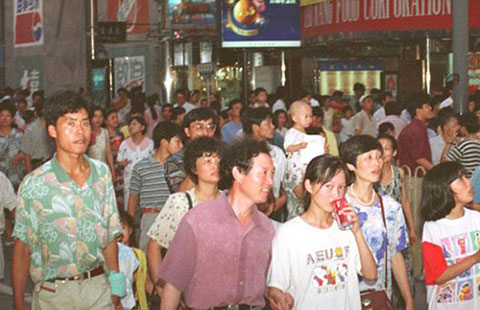Urbanization challenges farmland conservation
BEIJING - Lijiang city in Southwest China's Yunnan province has what it takes to become a tourist attraction -- picturesque scenery and profound cultural heritage. Now, the newly-constructed railway station on a hillside is adding more to its fame.
A stark departure from those in downtown areas, the construction plan once caused huge controversy. But now it has set a good example to other parts of China, in its efficient and innovative use of land.
It is also an epitome of the country's critical and intense farmland protection situation, which has witnessed a tug-war between urbanization and agricultural use.
Flat land, which abound in fertile arable land as well as towns and villages, accounts for only 4.2 percent of Lijiang.
He Jiafeng, chief engineer of Lijiang's city planning authority, said that 37 percent of the city's arable flat land had been converted for construction use.
"A scarcity of arable land forced the station to move to the hillside. We had no choice," said He.
In fact, China as a nation has no other choices.
Figures from the Ministry of Land and Resources (MLR) indicated that China only registered a per capita arable land of 1.35 mu (900 square meters), less than half the world's average level.
From 1997 to 2011, the country incurred a decrease of 124 million mu farmland, while some 70 percent of the remaining 1.82 billion mu is medium and low-yield land, according to the ministry.
In a country where food supply is of high significance, that drop in farmland is a dangerous signal.
Chinese people consumed 520 million tons of grain in 2012, 2.7 percent of which was imported.
"Farmland has been squeezed by both urbanization and rural construction, which has made it more difficult to protect," said land and resources minister Xu Shaoshi in a report delivered to the National People's Congress (NPC) Standing Committee in December.
The minister also noted the dire need to prevent soil from being polluted as illegal discharge of industrial waste, accidental chemical spills and heavy metal pollution have posed a threat to soil output.
Xu pledged to continue the rigorous basic farmland protection system and more efforts to curb worsening soil pollution.
However, lawmakers have predicted an inevitable declining amount of farmland as a rigid demand for future urbanization and economic development looms large.
Hao Yidong, a member of the NPC Standing Committee, suggested to promote Lijiang's land-saving practice on a larger scale nationwide.
Lijiang hillside station has helped conserve thousands mu of fertile land, according to local authorities.
In addition, there is a large potential of developing hilly areas for urban building, according to figures from Yunnan's provincial land and resources bureau, as highlands with an incline between eight and 25 degrees covers 47.3 percent of the total area of the province.























